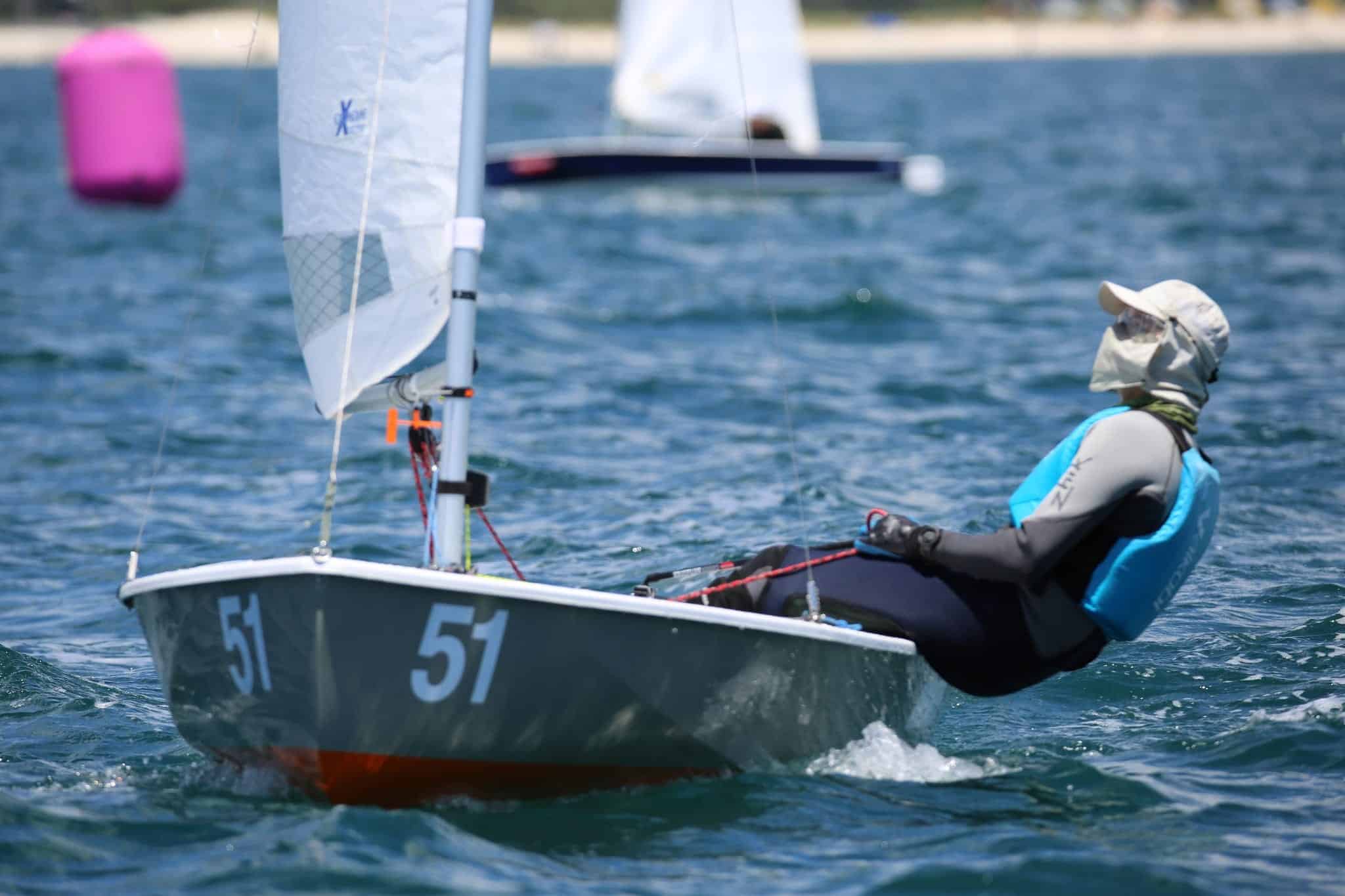
Perth based cancer researcher Professor Jonas Nilsson regularly sees in his laboratory just how damaging sun exposure is to our skin as he investigates ways to treat melanoma, the most serious form of skin cancer.
However, his extensive knowledge about the risks of sun exposure doesn’t stop him fulfilling his passion for sailing, which involves hours in the sun.
Recently his approach to staying skin safe could be seen at a national sailing competition in Melbourne.
Professor Nilsson, who is head of the Melanoma laboratory at the Harry Perkins Institute of Medical Research in Nedlands was competing in the National Sabre Dinghy Sailing Championships.
Sabres are small single handed sail boats.
“Reflection off the water and the sail adds to our sun exposure and therefore our risk of skin cancer is raised.
“Studies have shown that owning a boat is a risk factor for skin cancer and because families are usually generational boat owners the increased risk becomes hereditary.
“Although Australia has the highest rates in the world of the most dangerous form of skin cancer called melanoma, there are also many positive things about the Australian outdoor life-style, so I’ve found it best to try to avoid sun burns on the water by having physical sun protection when sailing.
“My laboratory works on trying to find ways to treat people with melanoma that has spread from the skin. In the past ten years there has been real progress using immunotherapy but about half of all patients don’t respond and for them the prognosis is grim.
“Skin cancer can be cured in the majority of patients but results in the deaths of over two thousand people per year in Australia.
“The surgeries and radiation used to cure patients often result in scaring of the body including the face and if this can be avoided it is of course good. That is why I recommend people identify the best way to do their sport in a sun safe manner” he said.
Melanoma is often referred to as ‘Australia’s national cancer’. More men than women are diagnosed each year.
